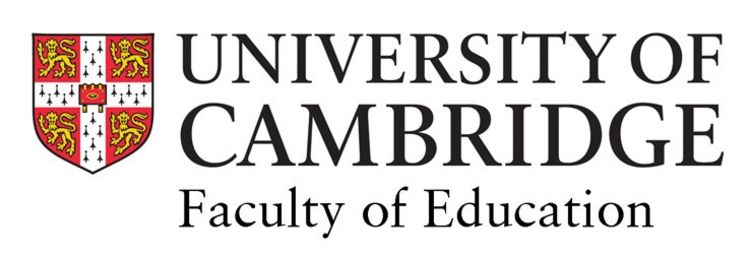

Can science find better ways to say, “Hello”?
“Science is everywhere; science is for everyone”, reads the slogan at the end of a new film about the Hopes and Fears Lab – the latest initiative by Cambridge’s new Kavli Centre for Ethics, Science, and the Public. As catchphrases go, it ticks plenty of boxes, being both true, inspiring, and the sort of credo that has powered efforts to engage the public with science for several decades. Still, it’s difficult to read it without a nagging sense of scepticism. Technically, science should indeed be for everyone – but how do we ensure that, and does ‘everyone’ honestly agree?
Ask many people who they really think science is for and the answer is likely to be… well, scientists. This is hardly news to the Kavli Centre’s team, who have been amassing evidence about this for some time. A second film on their website captures the views of people whom they asked to discuss their feelings on the subject. “I’m not sure I trust science to have my best interests at heart,” one woman in Ghana tells the viewer. “It feels like scientists think they are superior to us,” another interviewee, from Spain, reflects.
It matters that science is seen as trustworthy. Advances in fields such as those on which the Kavli Centre is focused (genomics, artificial intelligence, and the use of big data) will transform millions of lives, but also throw up complex ethical questions which people have a right to debate and understand before the key decisions have already been made.
For example, in a relatively short space of time we will be able to safely alter the genetic make-up of unborn children, not only preventing them from inheriting genetic diseases, but protecting future generations as well. The opportunity is huge – but so are the associated ethical problems. Should scientists and doctors really be allowed to play God in this way, for instance? And what happened to the principle that society should embrace disability, rather than erase it?
So long as gaps in trust, empathy and understanding between scientists and their publics exists, any such advance will generate fear and friction. This can easily be exacerbated by sensationalism and misinformation in the media and online, and by frustration and defensiveness on the part of scientists. The Kavli Centre exists to bridge the gap by bringing together scientists, public engagement experts, ethicists and the creative industries to find ways to encourage more meaningful and inclusive conversations about the manifold ethical challenges science raises before distrust and misunderstanding make that impossible. The intent is not to persuade people that science is good for them, but to encourage them to participate in the discussion, not least because they have a right to do so. The principle, ‘science is for everyone’ thereby also becomes a matter of practice.
"Scientists have to be equipped to meet people where they are and at a level that’s meaningful to them."
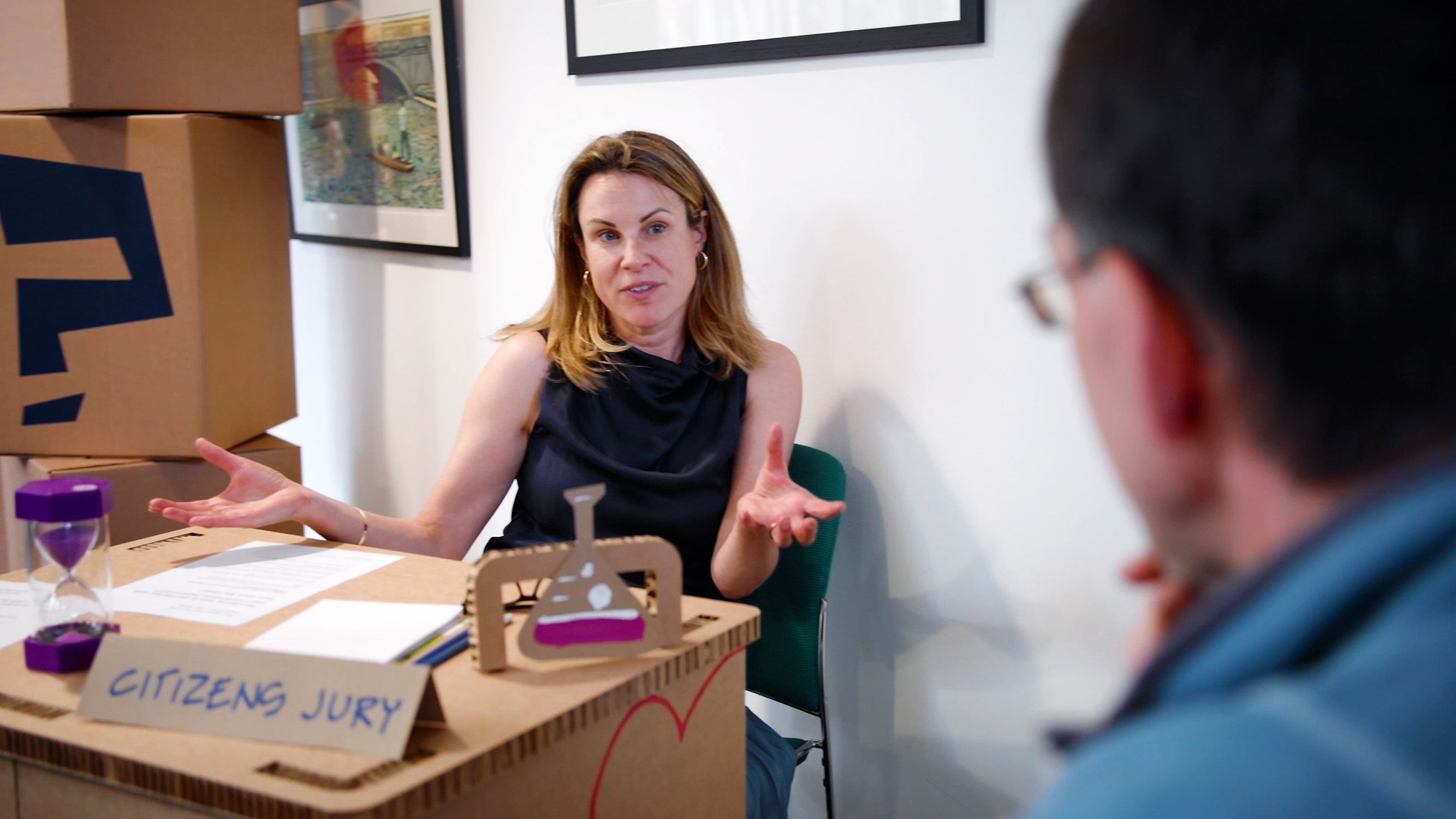
Kavli Centre Director, Anna Middleton, in discussion at the Hopes and Fears Lab
Kavli Centre Director, Anna Middleton, in discussion at the Hopes and Fears Lab
How do we go about doing this? “A lot of it is about taking the ‘scary’ out of science and levelling the playing field for different publics,” Professor Anna Middleton, Director of the Kavli Centre, says. “Scientists have to be equipped to meet people where they are and at a level that’s meaningful to them. That means adjusting the pitch at which they present their work, sometimes quite profoundly. And it means they have to be prepared to be personal, show vulnerability, and to be open.”
Plenty of organisations, not least universities and museums, have of course been encouraging this for some time, often with considerable success, through initiatives such as science festivals, lectures, and hands-on exhibits. The problem is that often the audience for these is the one it is easiest to reach – people who have already bought into the idea that science matters.
“It’s great to run science lectures and events, but does everyone feel welcome at those?” Middleton asks. “Are they used to that sort of space? Can they afford to visit? Should we really just keep turning to the same handful of models if we want to engage everyone – or do we need to think more creatively?”
As the Kavli Centre’s Innovation and Translation Lead, Dr Catherine Galloway is charged with much of that creative thinking. “Doing a ‘cool’ science thing isn’t enough in its own right,” she points out. “Stuff like science as dance, drag or stand-up – all real examples – is only guaranteed to engage people who already thought science was cool anyway. We need to focus on the other 95% of the population, by listening to what they need, want and are curious about.”
This concept, of finding a point of connection so that people can talk about science in a way that they themselves find meaningful, is what Middleton calls the ‘Hello’ in science engagement. It requires scientists to think deeply about their audience before they try to engage, and to acknowledge that the barriers to engagement are often visceral as well as intellectual, and are about people’s suspicion, detachment and fear – as well as just their educational background. It also requires scientists to be able to respond by thinking about their science – and its implications – differently.
Middleton, who is also a genetic counsellor, highlights an example from a few years ago, when she was asked to talk to a Traveller community in Yorkshire about genomics. Recognising that most of the audience were not interested in the subject matter per se, she instead sought out common ground by starting a conversation around their shared love of horses. This led to a discussion of racing, betting odds and thence an explanation of the ‘odds’ of developing an inherited condition. For that particular audience, horses provided the ‘Hello’ which enabled them to think purposefully about gene editing.
"When we were told we were going to be entering a lab full of cardboard I was really unsure how that would work."
That example is fine insofar as it goes, but to strengthen public engagement with the ethics of science in general, the Kavli Centre is seeking to understand what the ‘Hello’ might look like on a larger scale.
How a scientist looks, and the setting in which they attempt to start a conversation, can be just as important as the conversation itself. “I’m white, middle class and I have a PhD,” Middleton says. “In some situations, I fit right in. In others, people will look at me, see that I’m from Cambridge, and decide this isn’t for them.”
To overcome this, the way in which scientists and the public meet needs to be democratised. It was this thinking which lay behind the Kavli Centre team’s decision to create the Hopes and Fears Lab – a pop-up conversation experiment which made its debut at the Cambridge Alumni Festival in September this year. After a standard presentation about the Kavli Centre, participants spilled out into a room where they encountered a ‘lab’ constructed entirely from portable cardboard blocks. The space was deliberately bereft of anything that might privilege the role of the scientists themselves, like lab coats or specialist equipment.
“When we were told we were going to be entering a lab full of cardboard I was really unsure how that would work,” one of the participating academics later told the team. “I’m very much used to the white lab coats and clean benches vibe. In fact, it really helped to break down the barriers that people normally feel when they talk to scientists.”
The format was loosely inspired by Denmark’s ‘Human Library’ organisation, which creates safe spaces in which people from stigmatised groups act as ‘books’, answering the questions of other ‘readers’ to help challenge stereotypes and preconceptions. In the Hope and Fears Lab, visitors met scientists specialising in cell biology, cancer genetics, the human heart, biomedicine, and implants in the nervous system. They had 15 minutes with each before moving on to the next, in what was effectively scientific speed-dating.
The ‘Hello’ was the idea of hopes and fears. Each scientist started by talking about their work from this perspective: the hope, for example, that one day we might cure cancer; the fear that access to treatments might be unequal. Because we all share an uncertain future, these aspirations and concerns are more relatable than the science on its own. “What we asked them to do was to lead not with the science, but with something very human instead,” Middleton says.
This put the scientists themselves far beyond their normal comfort zone. Galloway had to turn down the request of one to present his work using PowerPoint, while another described it as “a public engagement assault course”. In the end, however, it was universally successful. The audience ranged from octogenarian Cambridge alumni to pre-teenage grandchildren. “It’s quite odd that you can see them wearing normal clothes and acting like other people,” one of the youngest visitors told the team. “They don’t really look like scientists. I really didn’t think you could talk to them and hear their opinions properly.”
The researchers were excited by the fact that people were not just interested in what they did, but in them as people. One participant, who works on neural implants, pointed out the value of being able to discuss his field which, even though it is already generating transformative technologies, has received negligible public attention. “We aim our work at medical doctors, but at the end of the day it’s the public who will have this in their hands,” he added.
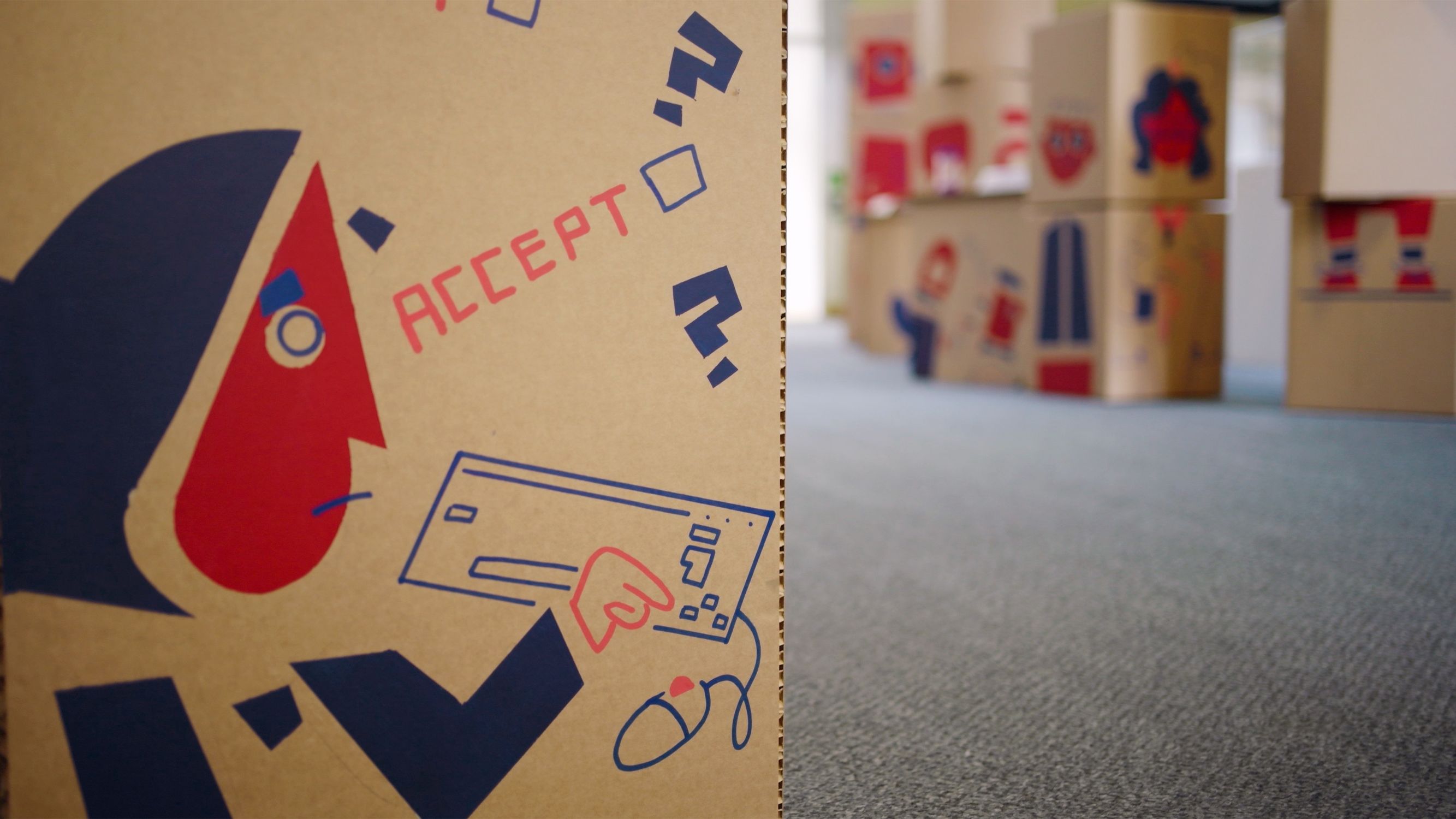
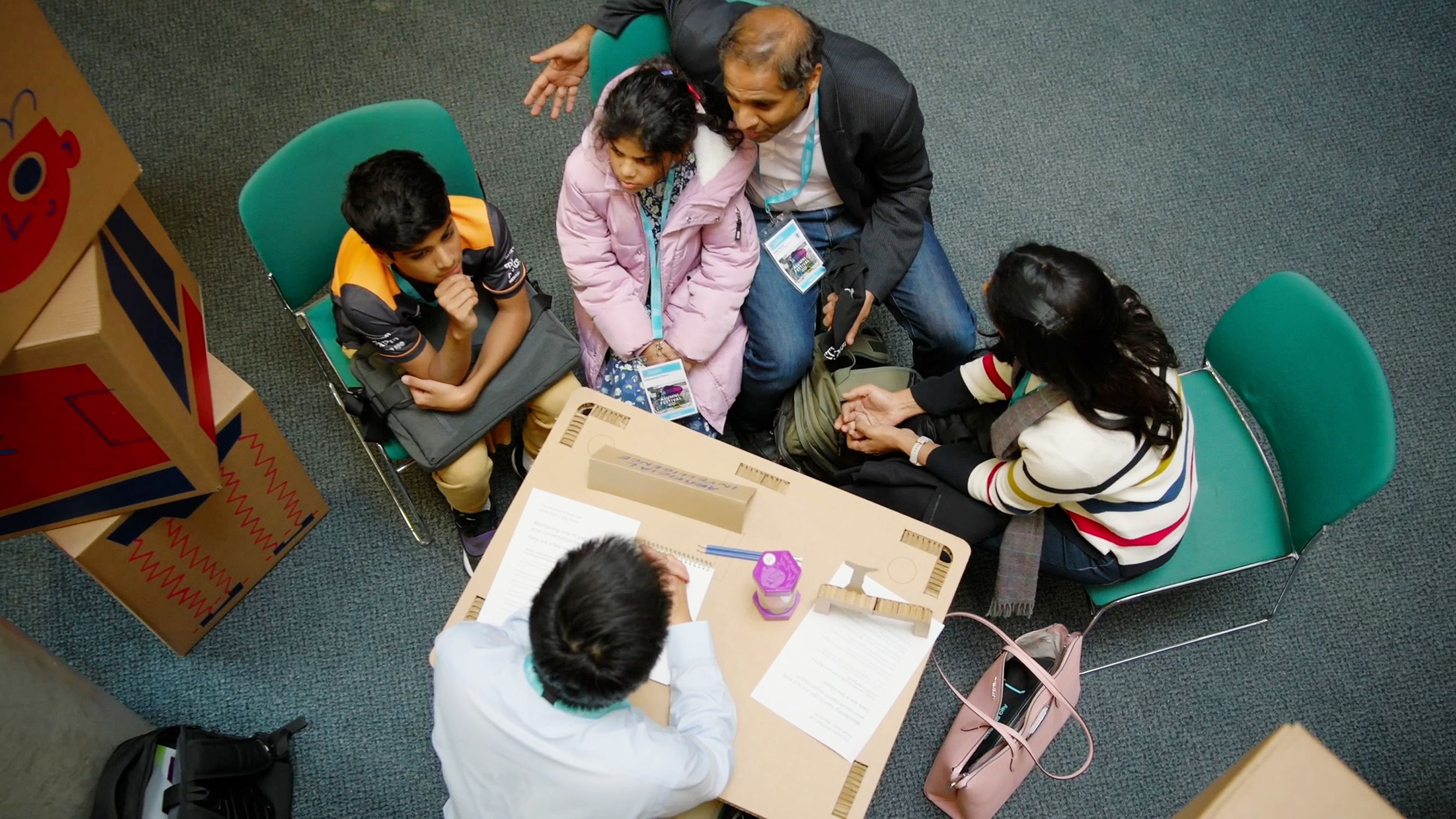

"Reasons such as wanting to make the world a better place, or developing new therapies and new tools... These are the kind of social visions that motivate people to get involved in science, but are harder to bring out within a narrowly scientific discourse."
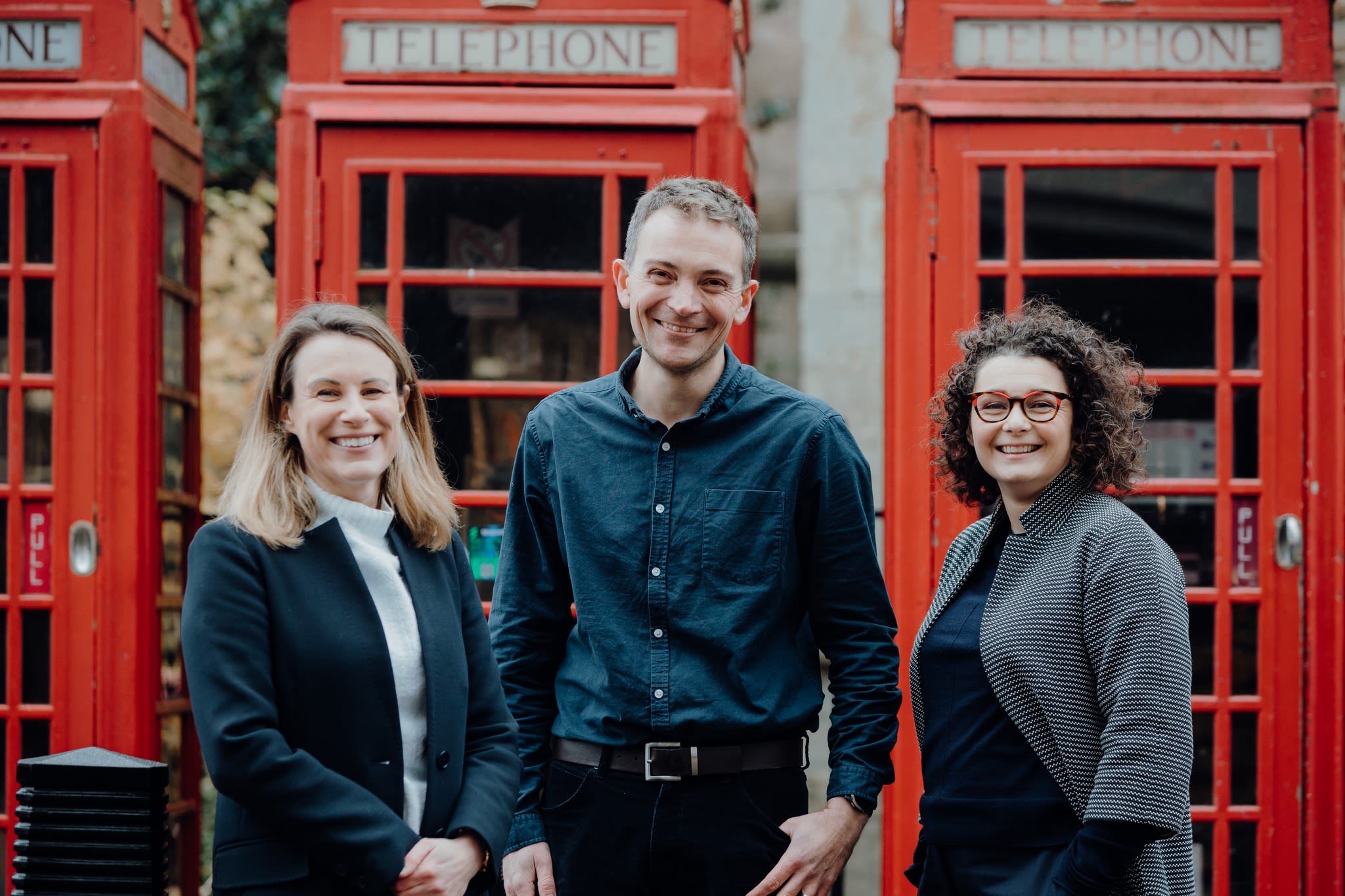
L-R: Anna Middleton, Director of the Kavli Centre; Richard Milne, Deputy Director and Research Lead; Catherine Galloway, Innovation and Translation Lead.
L-R: Anna Middleton, Director of the Kavli Centre; Richard Milne, Deputy Director and Research Lead; Catherine Galloway, Innovation and Translation Lead.
As this implies, the experience of participating in the Hopes and Fears Lab was just as important for the researchers involved, who emerged with a stronger sense of how their research matters to people and how to say ‘Hello’ to public audiences in other settings. While the Kavli team will be reviving the Lab at other events, they are also exploring other ways to make that critical connection between scientists and the public when holding conversations about weighty scientific and ethical concerns. This includes understanding how diverse publics around the world actually engage with science and its consequences in the first place, and when in the scientific research process it makes most sense to introduce public voices.
These questions are driving the centre’s research programme, which is led by Dr Richard Milne. It includes a large-scale, international investigation on public attitudes towards controversial scientific topics, involving an estimated 20 countries and 30-40,000 people. It will take the form of a survey and will launch in 2024. As Milne points out, however, there is a parallel need to work closely with scientists. “We need to understand more about when and how scientists engage with the long-term societal implications of their work, and whether we can help them do this,” he says.
That requires in-depth social scientific research on the scientific process and analysis of the impact that approaches like the Hopes and Fears Lab has on scientists themselves. “Does it help them talk about the parts of their work and their researcher that might be uncomfortable topics,” Milne adds. “How does it affect their ability to navigate subjects which they might feel are outside their remit, but which are often very central to the reasons they do science in the first place? Reasons such as wanting to make the world a better place, or the challenge of developing new therapies and new tools, for example. These are the kind of social visions that motivate people to get involved in science, but that are harder to bring out within a kind of narrowly scientific discourse.”
This is where the Centre’s situation within Cambridge’s Faculty of Education, which sees education itself as inseparable from the biggest challenges facing society, has the potential to be hugely powerful. Across the Faculty, colleagues are already working on cognate research, covering subjects such as how informal science education can be adapted to include those who feel most remote from it; or innovative ways to translate research to reach beyond academic convention.
And while most existing academic and grey literature about public engagement with science barely mentions the question of the ‘Hello’, there are plenty of examples of how to make that initial overture from other fields – such as community engagement, solutions journalism and counselling. Indeed, the Kavli Centre’s next project will experiment with Forum Theatre.
“Many scientists inevitably spend most of their time with other scientists or people in industry,” Galloway says. “Very little research involves meeting the people for whom it will actually matter. I think what we are starting to learn through our work is that it pays to be bold when trying to change that. A different type of conversation about science is possible: one that will help scientists attend to and address societal concerns around the work that they do, and one that is creative and open-ended enough to welcome in non-scientists as valued, equal partners in the process.”
Find out more about the Kavli Centre at: https://kcesp.ac.uk/
Images in this story: Kavli Centre / Daniela Boraschi.